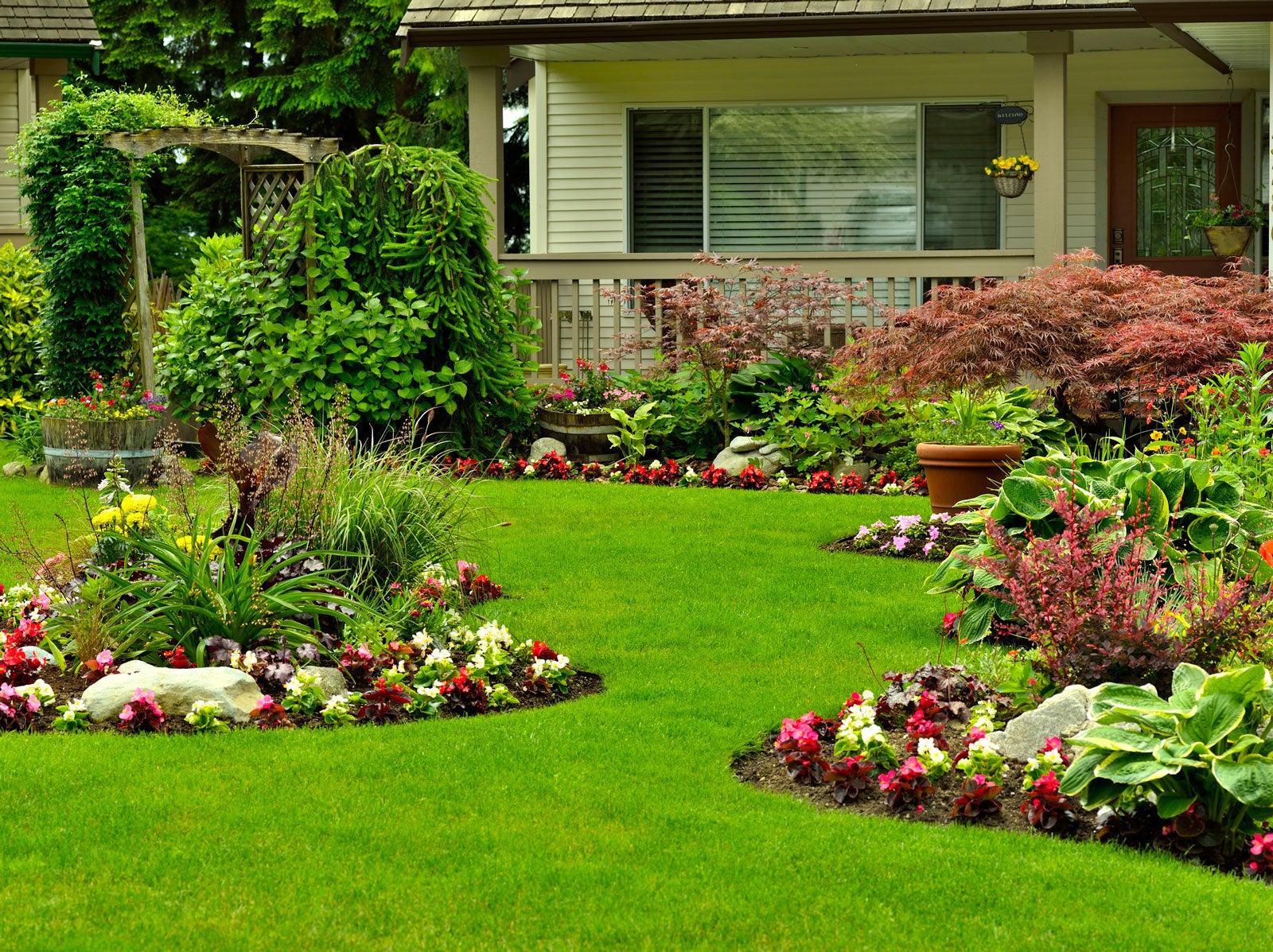Planting With Repetition – Learn About Repeating Garden Designs


Have you ever wondered why some gardens are beautiful and naturally pleasing to the eye while others seem more like a big, confused jumble? This messy, chaotic appearance often occurs when the garden is filled with too many shapes, colors, and textures with little thought given to simple designs or repeating patterns.
Repetition in the garden is a relatively easy way to create structure, flow, and a balance between shapes, textures, and colors. Don’t be intimidated, as creating garden repetition is a relatively straightforward concept. Read on for a few basic tips on using garden repetition to your best advantage.
Repeating Garden Designs
Although planting with repetition means using similar elements, your garden plan doesn’t need to be exact. In fact, too much precision tends to become dull and monotonous.
Repetition doesn’t have to involve a single type of plant; you can use different annuals, perennials, or shrubs of similar colors, shapes, or textures. Locate the same plant in various places throughout your garden or pick two or three different plants of the same color or of similar textures.
Select plants that bloom in different seasons to continue repetition throughout the growing year. For example, choose a versatile fall blooming plant like asters, which is available in various colors, all with similar flower shapes. You may be tempted to fill your garden with a huge variety of plants, but the landscape will be more pleasing to the eye if you’re more judicious.
Don’t go crazy with colors, which can be distracting and chaotic. Be strategic with a handful of carefully chosen colors repeated around the flower bed or garden. Another method of repeating patterns is to complement green foliage with a few repetitions of plants having two-toned or variegated leaves.
Also, when planting in repetition, odd numbers appear more natural and are generally more pleasant to the eye than even numbers. However, even numbers are appropriate if your goal is a more formal garden.
Gardening tips, videos, info and more delivered right to your inbox!
Sign up for the Gardening Know How newsletter today and receive a free copy of our e-book "How to Grow Delicious Tomatoes".
Shape also matters when repeating garden designs. For instance, you can implement various rounded plants like shrubs or impatiens or upright lines like trees and lilies. Another way to provide repetition is to use pots of the same general shape or color.
You can also repeat elements other than plants. For instance, if your house is constructed of brick, consider repetition of color or texture with brick planters or plants with reddish brown foliage. Similarly, a red door is easily repeated with red flowers or reddish foliage.
Repetition is useful in garden design, but don’t overdo it. Too much obvious repetition can appear boring and tedious.

A Credentialed Garden Writer, Mary H. Dyer was with Gardening Know How in the very beginning, publishing articles as early as 2007.